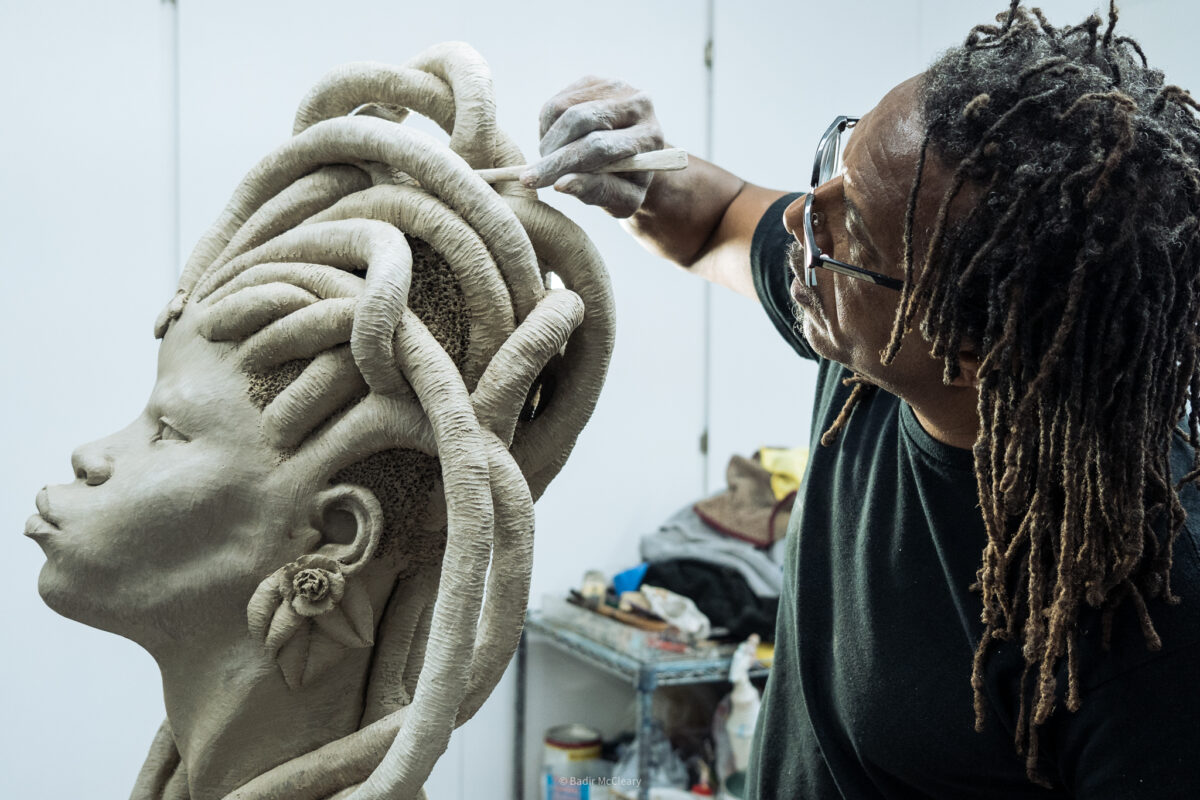The Identity Theft Collection by Chukes, A Film Series by ArtAboveReality
“This body of work is my creative voice. I have titled it, Identity Theft; Creations from a Social Consciousness.
I began working on the majority of these pieces at the beginning of 2016 and some date earlier than that. I initially created this work as a protest toward the televised brutality and killings of Black people and people of color. These killings were not only happening in America but throughout the world.
As I look back at my own history, as well as researching world history, I reflect on what I have been taught about myself and other darker-skinned people of the world. The work in this exhibit is my artistic representation of what happens when people or nations of people are stripped of their indigenous identity and re-taught a history that historically filters the truth and presents an incorrect version of past and present injustices. This filtered history, as I call it, is being used against us as a weapon of self-destruction.” – Chukes



